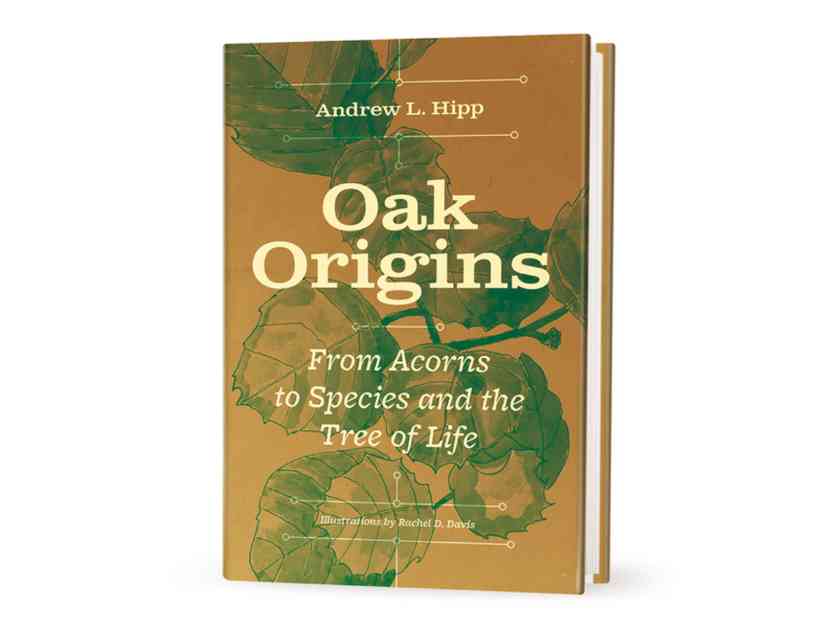Oak trees have long been a familiar sight in forests around the world, with 425 species making up a significant part of the ecosystem. However, a new book by Andrew L. Hipp, titled “Oak Origins: From Acorns to Species and the Tree of Life,” sheds light on the remarkable adaptability and importance of these trees in the face of climate change.
In his book, Hipp, a botanist and research director at the Morton Arboretum in Illinois, delves into the genetic flexibility of oak trees, which allows them to breed with other species while still retaining their original genetic qualities. This ability, which Hipp refers to as one of oaks’ “superpowers,” has enabled them to adapt to diverse environments over millions of years through natural selection.
Despite their ability to hybridize, oak trees are facing unprecedented challenges due to the rapid rise in global temperatures caused by climate change. While oaks are known for their adaptability, the current rate of climate change exceeds anything they have experienced in the past. This poses a serious threat to their survival, highlighting the need for human intervention to ensure their continued existence.
Hipp’s book not only explores the evolutionary history and biology of oak trees but also emphasizes the importance of conserving these species to maintain the genetic diversity of our ecosystem. By preserving oak trees, we are not only protecting a vital component of our forests but also safeguarding crucial nodes in the intricate web of life on Earth.
As we confront the realities of climate change, understanding the role of oak trees in adaptation and resilience becomes increasingly important. Hipp’s comprehensive exploration of these majestic trees serves as a reminder of the interconnectedness of all living organisms and the urgent need to protect and preserve our natural world for future generations.










